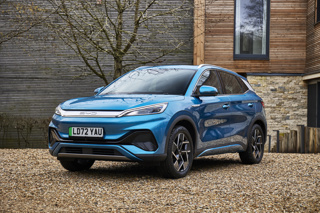Mike Waters, senior insight and consultancy manager, Arval UK, looks at the benefits of the wholelife cost model.
For a number of years it has been rightly recognised that a wholelife cost approach is the best one to support prudent fleet decision making.
Without visibility of the full range of costs throughout the operational life of the vehicle, it is easy to make unnecessarily expensive decisions.
Despite this, some businesses still focus more on the lease rental than they do on the wholelife cost, and with an increasing mix of vehicle technologies now offering a viable option to fleets, I believe that they could be making some poor choices.
An increasing number of fleets are at least considering ultra low emission vehicles as part of the vehicle selection process, even if they ultimately decide to opt for more traditional alternatives. From the vehicles that we put through our test programme, we see a range of hybrid, range extender and, in specific circumstances, fully-electric vehicles which provide effective and practical solutions.
However, while these vehicles deliver impressive CO2 and fuel economy, which directly equates to ongoing cost savings, they often come with an initial price premium (even allowing for grant support), which can inflate the monthly rental.
This means that a wholelife cost approach is the only way to assess whether they are truly cost-effective options or not.
Likewise, there is a range of really efficient petrol and diesel vehicles on the market which can, under the right circumstances, provide a more cost-effective option than the newer technologies. Without visibility of the wholelife costs, how can you accurately compare?
So much choice is great because businesses can genuinely match the right vehicles to their corporate objectives and business activity. Conversely, without clarity of all the costs, it is easy to become swamped by the options and almost impossible to optimise the performance of the fleet.
For any cost-conscious business, a wholelife cost approach is the only way to deliver the right vehicles for the job at the same time as keeping operational costs to a minimum. Those companies that don’t take this view will risk making some costly mistakes.

















Login to comment
Comments
No comments have been made yet.